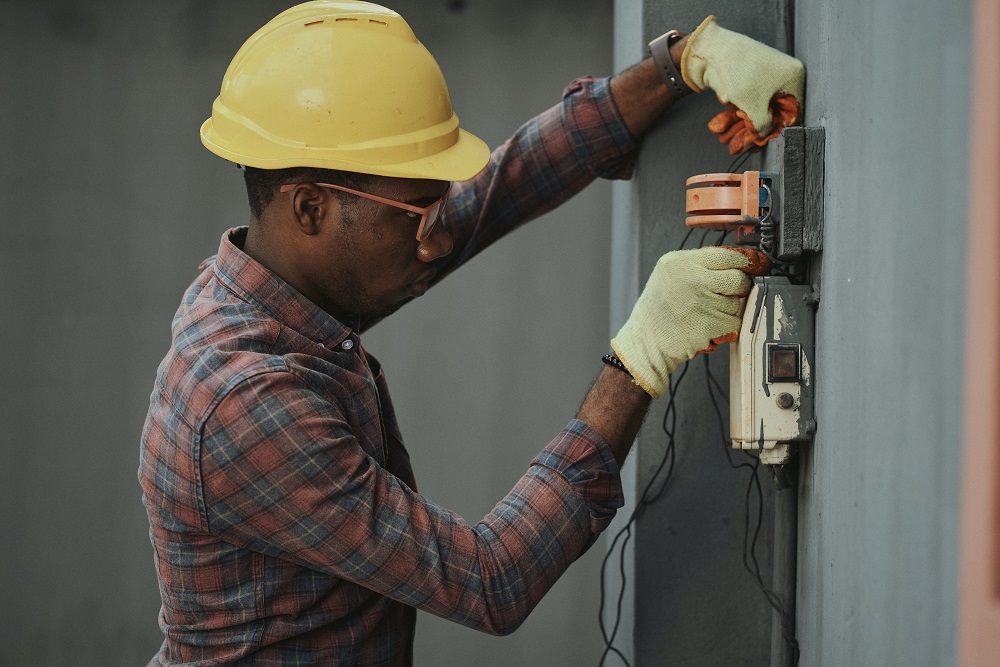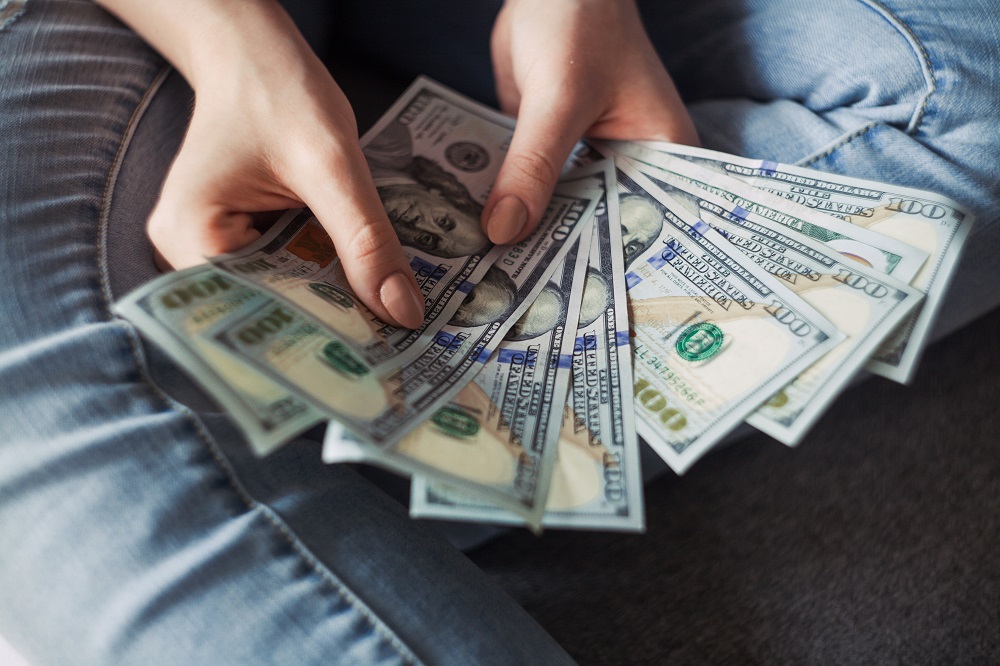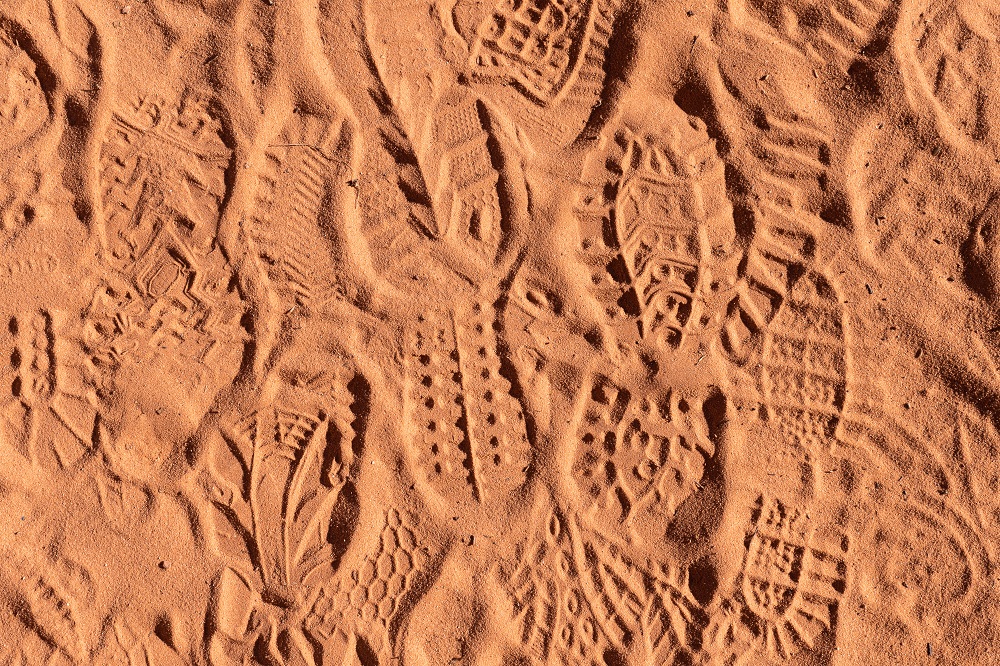Ongoing maintenance may feel dull, but it’s an essential part of facilities management. After all, many building systems, like fire alarms, pose a serious danger to life if a fault develops. Fault-finding early is the ideal way to keep everyone safe, and this means performing regular maintenance on your building systems. So, here’s a ready-made buildings maintenance checklist that will help you ensure a safe, smoothly running building.
HVAC
Heating, ventilation and air conditioning systems are there to help create a comfortable working environment for everyone in the building. But they are complex systems, and small faults can cause big issues. If these systems break, they can not only be expensive to repair, but they can lead to the building being unusable or even dangerous. This is everything from the air conditioning not working on the hottest day of the year in an office with lots of big glass windows, to a boiler leak causing dangerous gasses to fill the building.
Regular maintenance of these HVAC systems includes cleaning out dirt and debris from filters, replacing parts as they begin to degrade, running checks for leaks and regularly checking that everything is running smoothly. This approach means you will be able to reduce your repair bills overall, avoid disastrous breakdowns and schedule in upgrades for convenient times when they will cause the least disruption.
Plumbing
Burst pipes can be catastrophic in a commercial building. Luckily, proactively inspecting your plumbing can prevent most problems from occurring in the first place. Plumbing checks should be carried out on a regular basis, and should include a visual inspection of pipework for signs of rust or corrosion, as well as pressure checks to detect leaks, low pressure or blockages.
Fire
To be fit for purpose, all commercial fire systems need to meet very specific safety standards. This is because failure to adhere to these standards can be a danger to life. So building managers need to be confident that these systems are working properly. Regular inspections help keep them compliant and aligned with the relevant regulations. This includes all fire detection and suppressant systems in the building, from fire and CO2 alarms to sprinklers and foam fire suppression.
Security
If your building operates security systems, whether that’s full access control or just CCTV, they play an integral role in keeping people and assets safe. Ongoing maintenance helps you get the most out of your system and pick up on any issues that could pose a threat to your property or people. Cabling should be checked, sensors cleaned and repositioned, any batteries changed, alarms tested, and glass inspected for damage to make sure the systems are all working correctly.
Roofing
When was the last time you inspected your roof? They are an integral part of your building, and yet many facilities managers neglect them. But if a tile becomes loose, a facia cracks or a gutter becomes blocked, this can cause issues in other areas of the building. Regular inspections help identify any issues if they are present and give you the ability to fix them in a timely manner.
Power Installations
This is very much in the ‘anything else that requires power’ section. Any sort of power installation, from a boiler to a large generator, will need regular inspections and maintenance, otherwise, they could pose a serious health and safety risk.
At Bonus Eventus Maintenance we don’t just focus on HVAC maintenance. We work holistically to support facility managers with all of their building’s maintenance needs. For more information, just get in touch with the team today.







